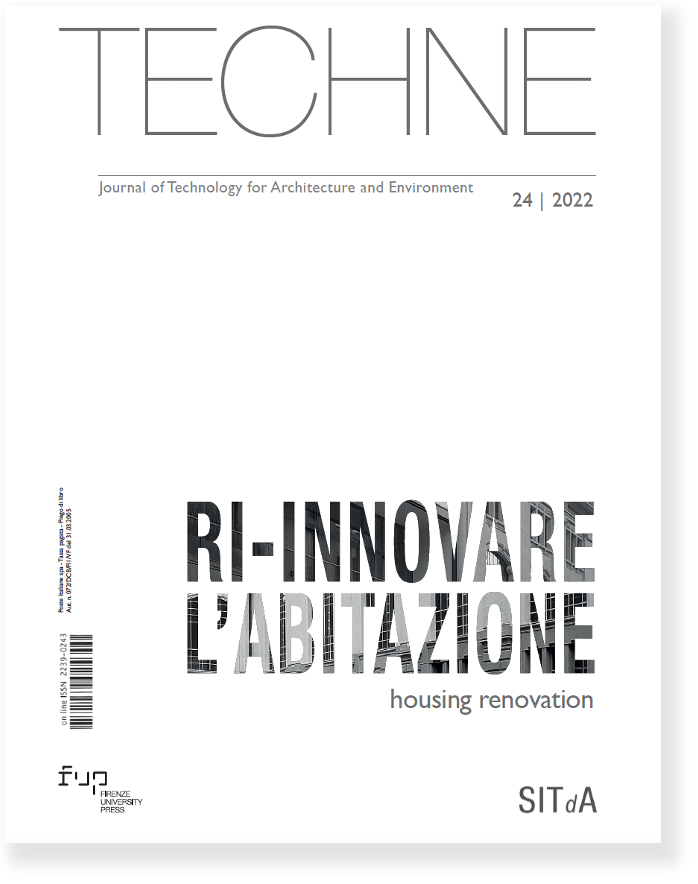Published 2022-07-26
Keywords
- -
How to Cite
Abstract
Photovoltaic (PV) energy systems are on their way to becoming the cheapest form of electricity
production in most countries during the coming years (Vartiainen et al., 2020) . It has already
reached a cost level that makes it competitive in several market segments in which the cost of
generating electricity from PV has already reached parity with retail electricity prices (i.e.,
socket parity). High natural gas prices with as consequence high electricity prices further
highlight the importance of PV competitiveness and bill savings for PV owners.
At the sametime, PV is particularly suited for the integration into existing and new
infrastructure, for example, in buildings, canopies, sound barriers, and the like. For this reason,
solar PV represents a key technology for prosumers at the building, district, and city level.
The renovation of EU residential buildings is a sector that holds a huge potential to meet the EU
policy goals related to EPBD (EnergyPerformance in Buildings directive, 2018/844/EU) , buildings
integrated RES (RES Directive EU 2018/2001) and renovation wave (Renovation wave for
Europe, 2020).
Several EU projects have tackled these challenges, developing new technologies, solutions,
tools and methodologies to efficiently renovate EU building stock and maximize RES (renewable
energy sources) exploitaition.
In particular, a European project H2020 named EnergyMatching (“H2020 EU Energy Matching,”
n.d.) , coordinated by Eurac Research, addresses these challenges by developing new concepts
and technologies to maximize the RES (Renewable Energy Sources) harvesting in the built
environment. Within the project, cost-effective adaptive building skin solutions are developed
and demonstrated as part of an optimised building energy system, optimizing the interaction
between buildings and energy systems for the best match between decentralised RES-based
energy production and building load profiles.






